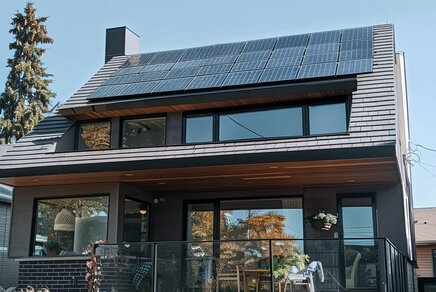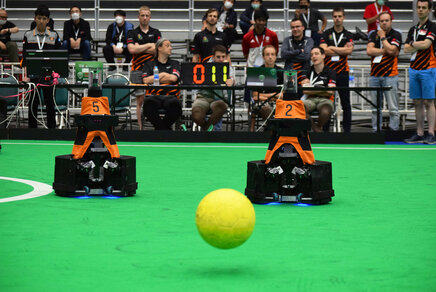Research on soft robotic heart is granted 10 million
The consortium Holland Hybrid Heart, which includes three TU/e researchers, will receive 10 million euros to develop a soft robotic heart suitable for transplantation.
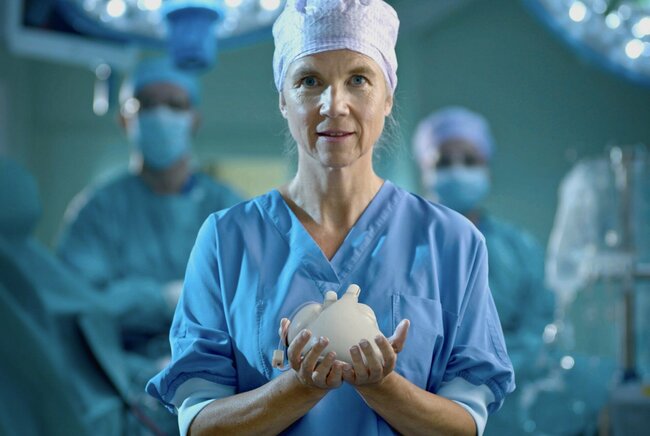
A soft implantable robotic heart for people with severe heart failure. To develop it further, the Holland Hybrid Heart consortium - in which TU/e scientists Carlijn Bouten, Frans van de Vosse and Bas Overvelde are involved - has received 10 million euros from the Dutch Research Agenda. The soft robotic heart can be placed in the chest of patients with severe heart failure and takes over the function of the real heart. The team hopes to realize this within 10 years.
In the consortium Holland Hybrid Heart (HHH), universities, higher vocational education, companies, and patient organizations collaborate. Cardiothoracic surgeon Jolanda Kluin of the Erasmus MC Thorax Center leads the collaboration. Kluin: "We want to offer patients a good and viable alternative to transplantation with a natural heart."
Worldwide, there are over 23 million people with heart failure, for whom the best treatment is getting a donor heart. There is a serious shortage of these. In the Netherlands, there are 250,000 heart failure patients, half of whom die within five years.
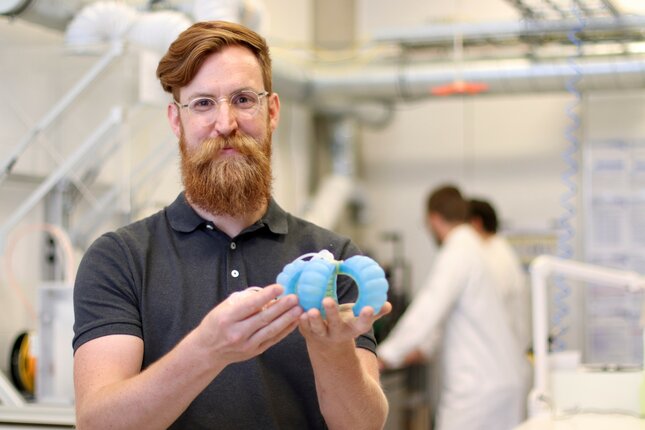
Kluin got the idea of a soft robotic heart when she saw the work of TU/e researcher Bas Overvelde in the media. He works with robots made of soft and flexible materials that can respond themselves to changes in their environment. Think of a robot that resembles an octopus or a starfish.
Inspiration by soft robotic octopus
Kluin: "When I saw such a soft-robot moving octopus, I thought: surely we should be able to make a heart with this, too." "These kinds of artificial muscles, made of soft materials, are ideal for building an artificial heart that mimics the functioning of a natural heart," says Overvelde, associate professor at the department of Mechanical Engineering. Because the inner lining of the Hybrid Heart consists of cells from the patient himself, it is going to look even more like a real heart.

"This inner lining prevents the formation of blood clots and rejection of the robotic heart," says Carlijn Bouten, professor of Cell-Matrix Interactions in Cardiovascular Regeneration at the Biomedical Engineering department. The addition of this 'living' layer will give the artificial heart its hybrid function.
Professor of Cardiovascular Biomechanics Frans van de Vosse adds: "We are going to calculate the interplay between the deformation of the artificial heart muscle and the functioning of the inner lining in preventing blood clots with computer models. In this way, we can arrive at a good design of the Hybrid Heart in a short period of time."
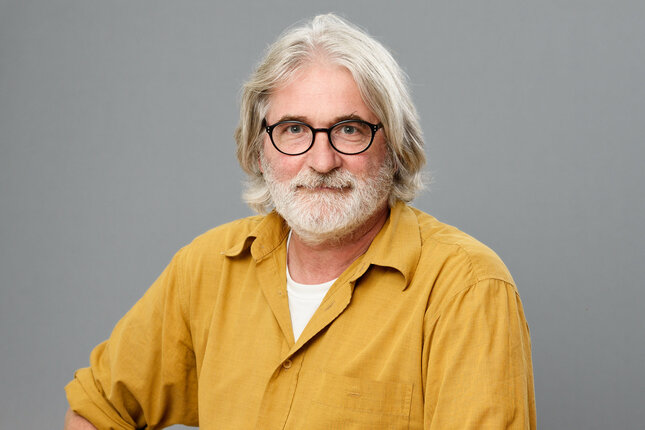
About the Dutch research agenda
This project is receiving funding in the fourth round of the Dutch Research Agenda: Research along Routes by Consortia (NWA-ORC). A total of over 131 million euros is available for the consortia. Holland Hybrid Heart is made possible in part by the Heart Foundation with a grant of 700,000 euros. In addition, several organizations/companies are jointly providing 700,000 euros worth of services: SBMC, TrailBlazers, evos GmbH, DCVA and EE Labels. This project builds on previous work by the aforementioned researchers in a European consortium.
More on Health



Latest news

